Jimny Crickets: Suzuki Finally Readies Fourth Generation of Its Little Off-Roader

Suzuki’s automotive division may have retreated from the American landscape, but it left a lasting impression. While not overabundant in goodness, it did have a few bright spots and the Jimny was one of them. Of course, not everyone will recognize the name. But they’ll know the vehicle, even if they don’t realize it.
While the Jimny and Vitara (also known as the Escudo) have grown apart in more recent years, there was a time when the duo was responsible a multitude of incredibly small off-road vehicles sold in North America. You know them as the Suzuki Sidekick, Suzuki Samurai, Chevrolet/Geo Tracker, and Pontiac Sunrunner (if you’re Canadian). They’ve had other names in other parts of the world but, regardless of where they were sold, the models were usually the cheapest way to hurl a small vehicle at some rocks.
This remained true for the Jimny, even as the Vitara evolved into a crossover and distanced itself from the wild modifications of dirt-obsessed enthusiast. Unfortunately, that left the Jimny stuck in its third generation since 1998. That’s twenty years of the same car, but Suzuki says the new model is just about ready.
Globally, the Jimny has the kind of loyalty one might see here for the Jeep Wrangler — and you remember how important it was that FCA appease its fan base. Suzuki is in a very similar situation. It has even gone so far as to developed the fourth generation using the feedback of existing Jimny owners as a blueprint. Their overwhelming concern seems to be that the car might follow the Vitara/Escudo into pursuing friendlier road manners at the expense of its off-road capabilities.
Suzuki said that on-road performance will be improved but noted it understood the Jimny’s biggest selling point was its ability to scuttle over nasty terrain as efficiently as possible. The model’s identity as a scrappy off-roader will be carefully preserved.
Since the little SUV hasn’t had its official debut (due later this year), the preamble details are limited. We do know that the 2019 Suzuki Jimny will come perched atop a ladder frame with solid axles and part-time 4WD with a low range transfer gear.
The model could still attempt to sideswipe the mainstream consumer market with new creature comforts, but we kind of doubt it. Cruise control will probably be the pinnacle of standardized tech and we doubt the options list will advance too far beyond a push-button starter. If you’re shelling out extra cash on a Jimny, it’ll probably be for a roof rack, raised suspension, or nastier tires — and that’s fine. The Vitara already has the mainstream market pretty well covered, and Suzuki has mentioned things like designing the Jimny’s interior to make sure all the important functions can be used while a driver is wearing gloves (something we wish touchscreen obsessed manufacturers would at least consider).
Still, Suzuki is considering larger, more highway worthy, engines for the model’s European launch. Japan probably won’t even get a full liter of displacement with the base model (looks like 660cc) but the rest of the world could see the 1.5-liter or even a forced induction mill. It won’t make it a powerhouse, but the idea is enough to have some of us wishing General Motors would renew its partnership with the brand and build a few of them here.
Would they sell? The cynical part of me says no but my heart says yes. The number of times I’ve heard someone who’s passively interested in cars say they wished manufacturers built a modestly sized, basic vehicle that can do everything is staggering. There is no company in the world better suited for that task than Suzuki. But saying you want something and actually buying it are two different things. We also don’t know how the Jimny would have to change in order to meet U.S. regulations.
My fandom is probably peeking through at this point. Watching the 1996 Suzuki Escudo Pikes Peak hill climb solidified my love of motorsport forever. During college, I replaced my Harley Davidson with a Suzuki without regrets. I kind of like Suzuki and, while they built some of the most boring and bland cars ever sold on any continent, they also produced some real gems — scrappy little underdogs that were so beloved by a small subset of the populace that they managed to stick around far longer than seemed reasonable.
The fourth generation of the Jimny could be one of those and, if so, wouldn’t it be nice to see it parked next to a well-maintained Geo in your quirkiest neighbor’s driveway?
[Images: Suzuki]

A staunch consumer advocate tracking industry trends and regulation. Before joining TTAC, Matt spent a decade working for marketing and research firms based in NYC. Clients included several of the world’s largest automakers, global tire brands, and aftermarket part suppliers. Dissatisfied with the corporate world and resentful of having to wear suits everyday, he pivoted to writing about cars. Since then, that man has become an ardent supporter of the right-to-repair movement, been interviewed on the auto industry by national radio broadcasts, driven more rental cars than anyone ever should, participated in amateur rallying events, and received the requisite minimum training as sanctioned by the SCCA. Handy with a wrench, Matt grew up surrounded by Detroit auto workers and managed to get a pizza delivery job before he was legally eligible. He later found himself driving box trucks through Manhattan, guaranteeing future sympathy for actual truckers. He continues to conduct research pertaining to the automotive sector as an independent contractor and has since moved back to his native Michigan, closer to where the cars are born. A contrarian, Matt claims to prefer understeer — stating that front and all-wheel drive vehicles cater best to his driving style.
More by Matt Posky
Latest Car Reviews
Read moreLatest Product Reviews
Read moreRecent Comments
- Groza George The South is one of the few places in the U.S. where we still build cars. Unionizing Southern factories will speed up the move to Mexico.
- FreedMike I'd say that question is up to the southern auto workers. If I were in their shoes, I probably wouldn't if the wages/benefits were at at some kind of parity with unionized shops. But let's be clear here: the only thing keeping those wages/benefits at par IS the threat of unionization.
- 1995 SC So if they vote it down, the UAW gets to keep trying. Is there a means for a UAW factory to decide they no longer wish to be represented and vote the union out?
- Lorenzo The Longshoreman/philosopher Eri Hoffer postulated "Every great cause begins as a movement, becomes a business, and ends up as a racket." That pretty much describes the progression of the United Auto Workers since World War II, so if THEY are the union, the answer is 'no'.
- Redapple2 I think I ve been in 100 plants. ~ 20 in Mexico. ~10 Europe. Balance usa. About 1/2 nonunion. I supervised UAW skilled trades guys at GM Powertrain for 6 years. I know the answer.PS- you do know GM products - sales weighted - average about 40% USA-Canada Content.
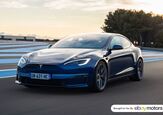



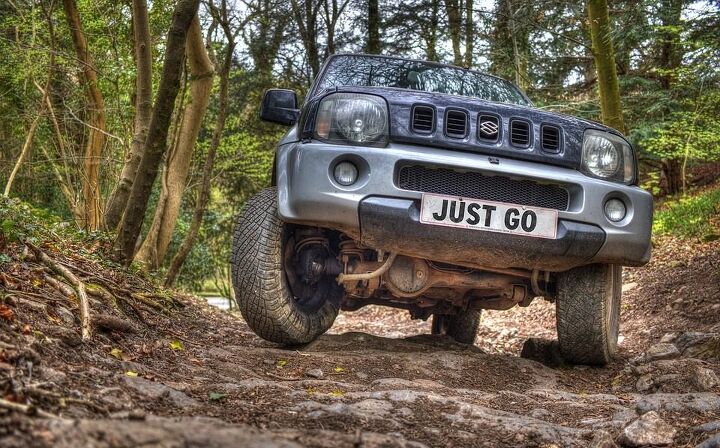















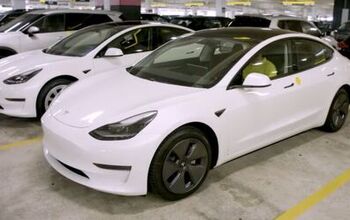

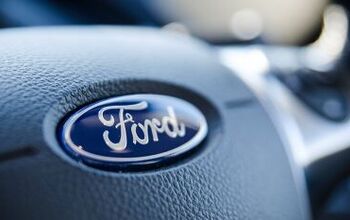
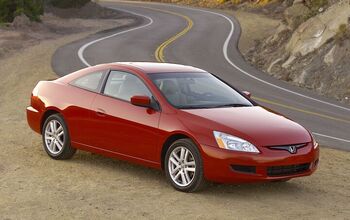
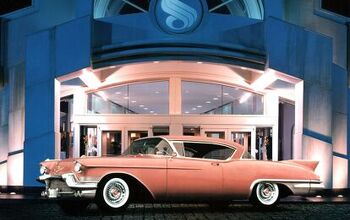
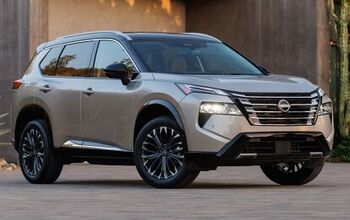
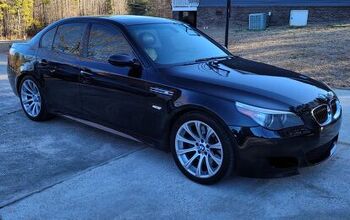
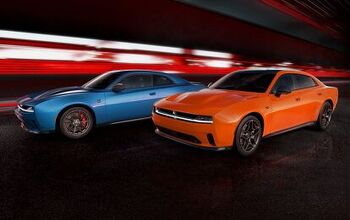
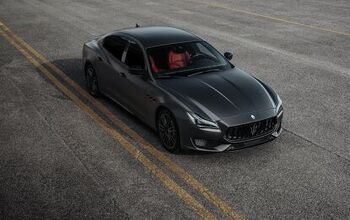
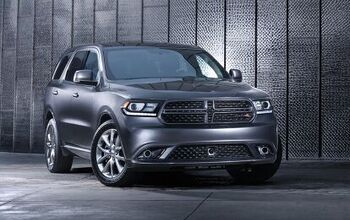
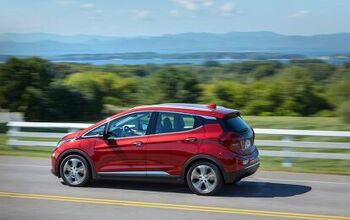
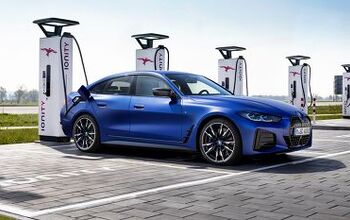
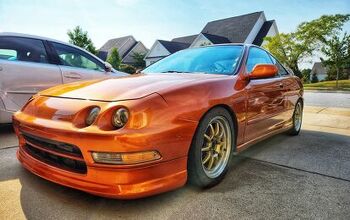


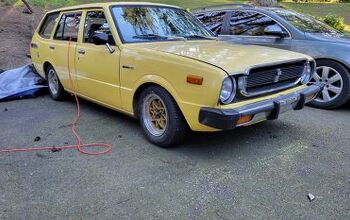
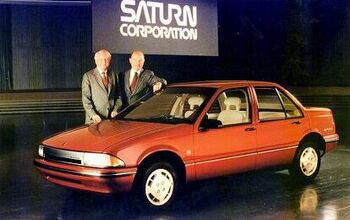
Comments
Join the conversation
I'd love one of these. Don't care how slow it is. A small, simple, capable 4x4!
I thought the Jimny was what we called the Samurai, not the Sidekick. This far more resembles the Samurai to me. In fact, I think Suzuki could return to NA successfully on this one vehicle. No dealer network needed, just sell them through Cabelas or some such outdoorsy place.